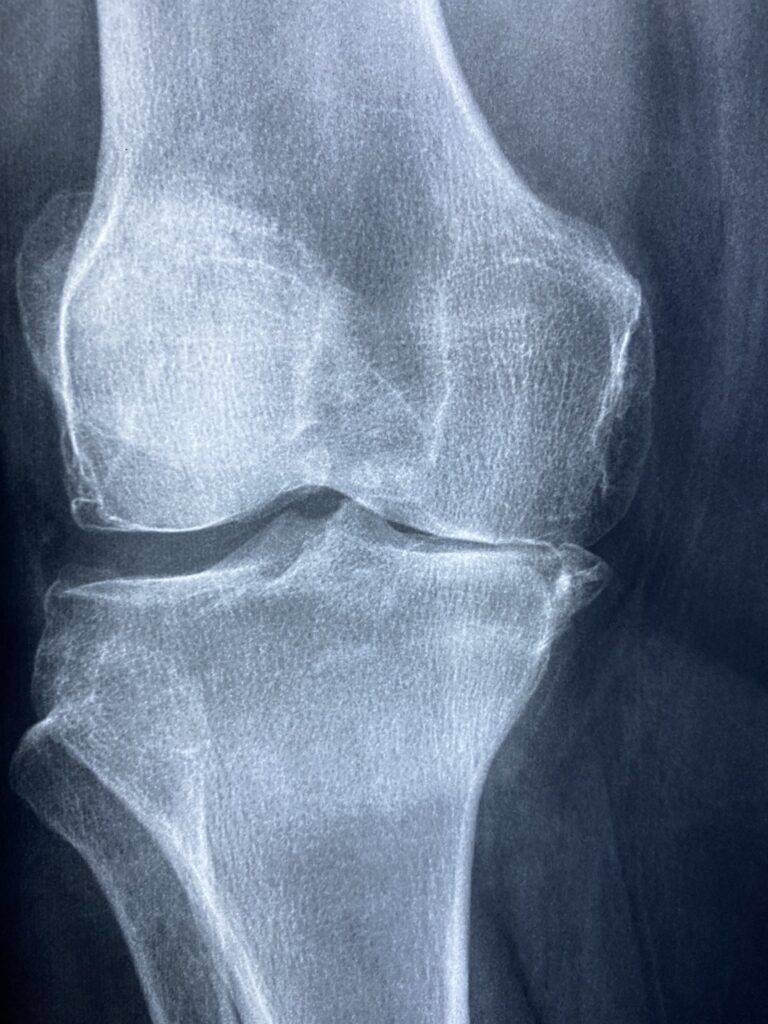Typhoid Fever: Typhoid fever is a bacterial infection caused by Salmonella enterica serotype Typhi bacteria. It is a significant public health concern in many parts of the world, particularly in regions with poor sanitation and limited access to clean water. Typhoid fever can cause serious illness and, if left untreated, can be fatal.
2. Types of Typhoid Fever:
- Classical Typhoid Fever: This is the most common form of typhoid fever, characterized by fever, abdominal pain, and other typical symptoms.
- Paratyphoid Fever: Paratyphoid fever is caused by a closely related bacterium, Salmonella enterica serotypes Paratyphi A, B, or C. The symptoms of paratyphoid fever are similar to those of typhoid fever but tend to be less severe.
3. Symptoms of Typhoid Fever:
- Fever: A sustained high fever, often reaching 103-104°F (39-40°C), is a hallmark symptom of typhoid fever.
- Abdominal Pain: Abdominal pain and discomfort, particularly in the area around the navel, are common symptoms.
- Headache: Persistent headaches are frequently reported by individuals with typhoid fever.
- Weakness and Fatigue: Generalized weakness and fatigue are common symptoms, often accompanied by malaise and lethargy.
- Gastrointestinal Symptoms: Nausea, vomiting, diarrhea, and constipation may occur.
- Rash: In some cases, a characteristic rash known as “rose spots” may appear on the trunk of the body.
4. Causes and Risk Factors:
- Typhoid fever is caused by infection with Salmonella enterica serotype Typhi bacteria.
- The bacteria are typically transmitted through the ingestion of contaminated food or water that has been contaminated with the feces of an infected individual.
- Poor sanitation, inadequate hygiene practices, and crowded living conditions are significant risk factors for typhoid fever.
5. Diagnosis of Typhoid Fever:
- Blood Culture: Blood culture is the gold standard for diagnosing typhoid fever. A sample of blood is collected and tested for the presence of Salmonella enterica serotype Typhi bacteria.
- Stool Culture: Stool culture may also be performed to detect the presence of the bacteria in the stool of infected individuals.
- Serological Tests: Serological tests, such as the Widal test, may be used to detect antibodies to Salmonella enterica serotype Typhi in the blood.
6. Pharmacokinetics (PK) and Pharmacodynamics (PD) of Typhoid Fever Treatment:
- Antibiotics: Antibiotic medications, such as fluoroquinolones (e.g., ciprofloxacin) or third-generation cephalosporins (e.g., ceftriaxone), are the primary treatment for typhoid fever. These medications work by killing the Salmonella enterica serotype Typhi bacteria.
- Supportive Care: Supportive care, including rest, hydration, and nutrition, is essential for individuals with typhoid fever, particularly those with severe symptoms or complications.
7. Pathophysiology of Typhoid Fever:
- After ingestion, Salmonella enterica serotype Typhi bacteria invade the small intestine, where they multiply and spread throughout the body via the bloodstream.
- The bacteria can invade various organs and tissues, including the liver, spleen, and lymph nodes, leading to systemic symptoms and complications.
- In severe cases, typhoid fever can cause serious complications, such as intestinal perforation, gastrointestinal bleeding, or septicemia.
8. Conclusion: Typhoid fever is a bacterial infection caused by Salmonella enterica serotype Typhi bacteria. It is characterized by fever, abdominal pain, and other symptoms and can cause serious illness if left untreated. Prompt diagnosis and treatment with antibiotics are essential to prevent complications and promote recovery. Public health measures, including improved sanitation and access to clean water, are critical for the prevention and control of typhoid fever. If you suspect you may have typhoid fever or have been exposed to the bacteria, seek medical attention promptly for proper evaluation and management.




